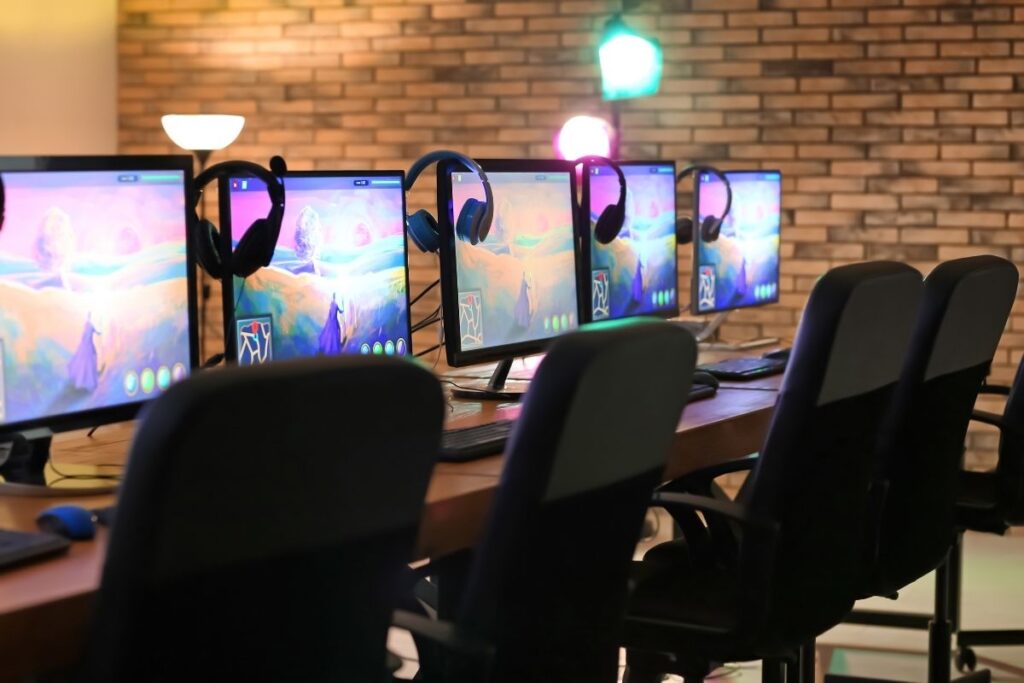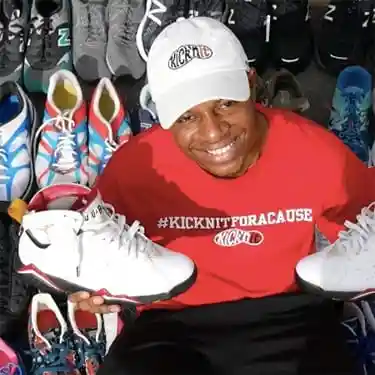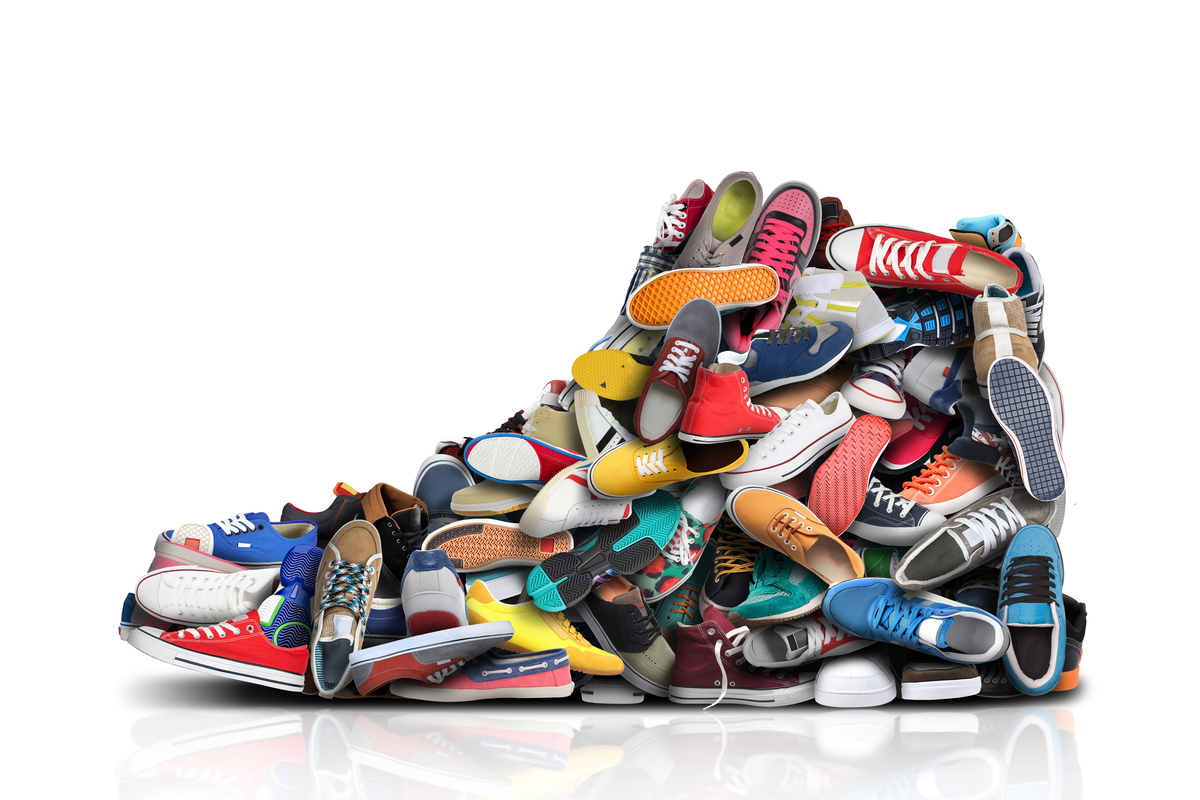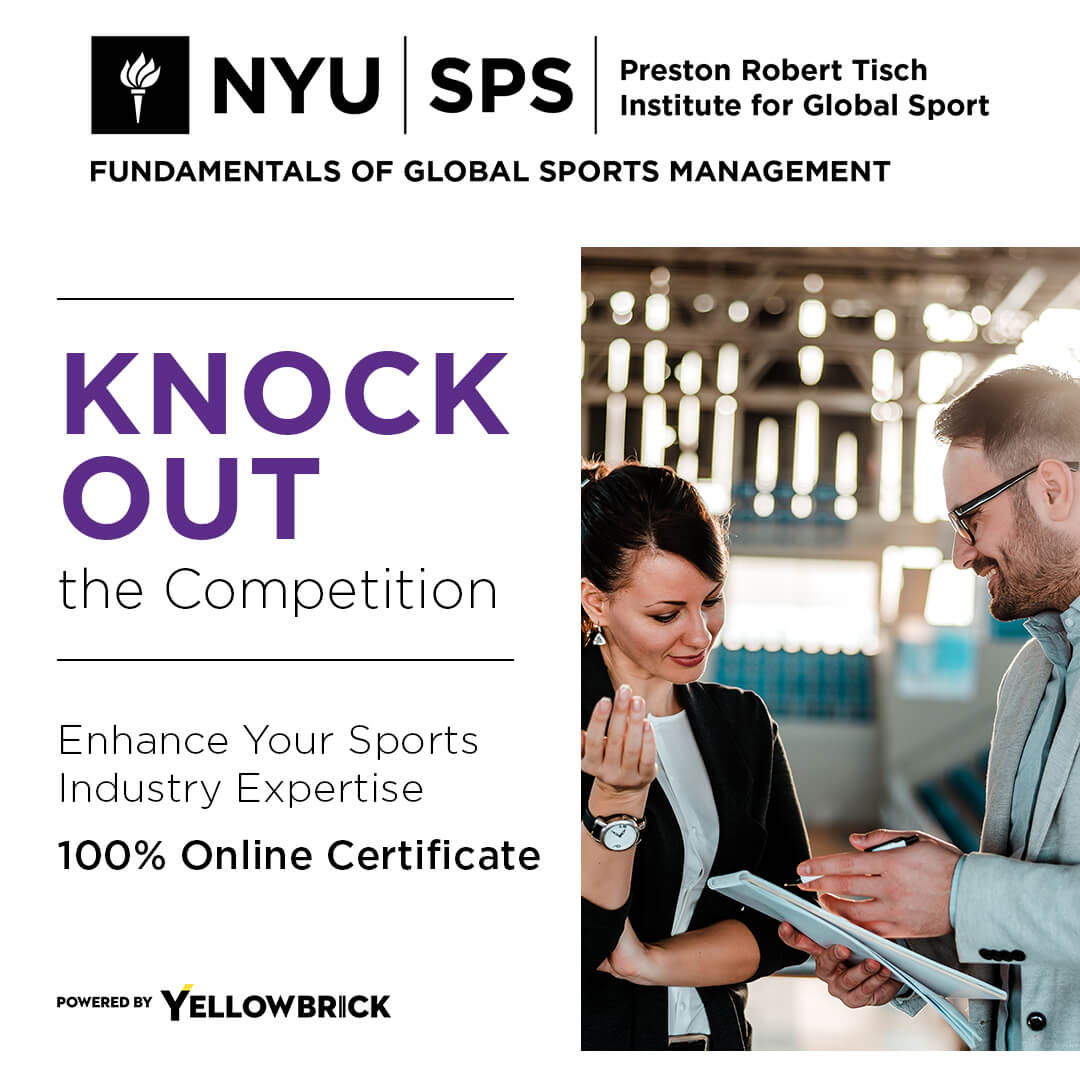In sports management we tend to see endorsements with individual players. That’s a relationship between a company that is trying to communicate its brand, likeness, and message. It is typically aligned with an athlete who also has a particular image, brand, and message that he or she is trying to communicate.
Licensing is really all about the rights to use an image of a franchise, a club, or even of an individual player. It’s all about taking a message that a club, franchise, or player represents, and connecting it to another company or organization. It also includes connecting the fans, which are the people who are consuming and want to be attached (in some way) to that club, franchise, and image.
Endorsements as a Relationship
Endorsements for sports is really a relationship where a player or a facility is endorsing a product. Licensing, in terms of the legal world, is really intellectual property. Sports management education explains licensing as something that may be used on the field, by the player or by the stadium, but it’s also something that is recognized outside of just the field of play. Brands connect with fans. They have to connect with them before they get there, while they’re there, and after the event. Otherwise, it really doesn’t work. Why would you want to spend your money connecting with somebody just two hours a week, or maybe they never set foot in the building again?
You want to connect with them in multiple ways. You can do that by branding with the ticket, branding in the building via recognition and having eyeballs on advertisement through digital fascia boards, or through the center hung scoreboards. You can put your particular brand on social media and connect with the team or with the facility. That way, you know that when you walk into the building, there’s near field recognition to your mobile device and allows you to both connect on a way that you would not have done otherwise as you walk up to the building, through the building, and after you leave it.
You could easily opt-out of that if you’d like or you could opt-in and most people, in my opinion, don’t have a fear of having the brand connect with you. That’s why you’re there and it’s much more immersive. As I’ve mentioned in the past, immersive involvement is where sports is headed, and I think we’ll see more and more of this.
A Deep Dive in Player Compensation
Players are compensated in a number of ways. Mostly, they’re compensated through their salary agreements with their teams, and each league has a different collective bargaining agreement. Online sports management education teaches the collective bargaining agreement as a very, very detailed contract, which explains how players, from rookies all the way up to veterans, are compensated for on the field, on the ice, on the court, or any other way of how they play. There’s incentive-laden contracts as well, but for the most part, all players receive a similar contract, plus incentives. Certain players may have endorsements outside of just playing on the field. Those endorsements connect the player to the product.
The most obvious and the most well-known is probably Michael Jordan and the Nike brand, with his own brand of Jordan shoes. Nike has transcended this sports market with Michael Jordan over the past 30 years. Even though he hasn’t played basketball for a number of years, it’s probably one of the most recognizable endorsements in all of sports.
Determining the Split in Revenue
Teams make money from media. They make money from tickets. They also make money from their facilities. A lot of that revenue is shared with the players, so the collective bargaining agreements have this concept of sports-related revenues. In football, it’s defined as gross revenues. In hockey, it’s hockey-related revenues. Each of the leagues have their sort of calculation of all the revenues which are used to share between both the players and the owners. Each league, through collective bargaining, decides how that revenue will be split. For the most part, it’s about a 50/50 split of revenues that’s generated in the building and through the teams.




